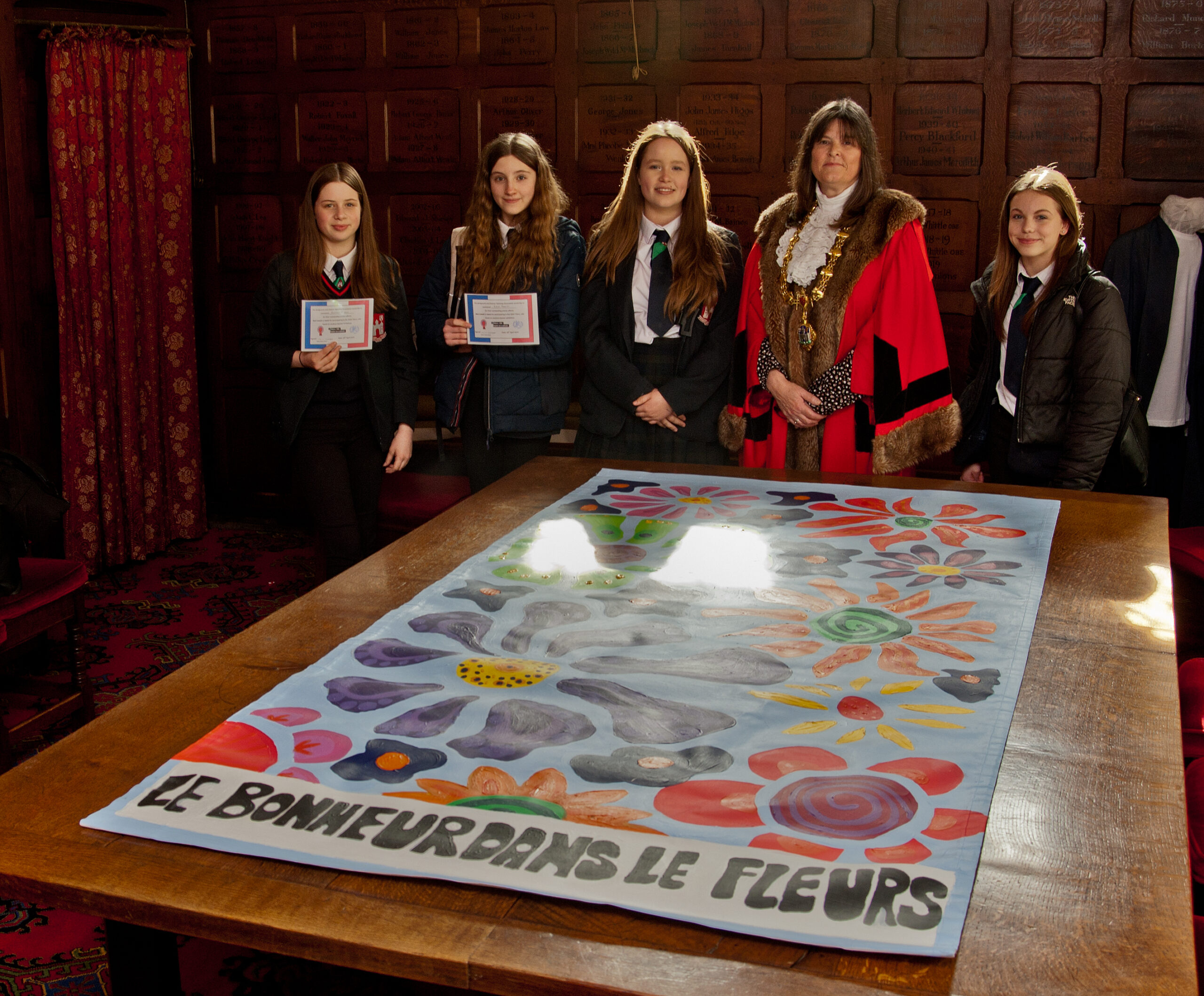As with human medicine, veterinary medicine is advancing every day. With this comes the introduction of new and alternative therapies for treating many conditions. In recent years, alternative treatments such as hydrotherapy and acupuncture have become popular with pet owners; these have proved to be successful, safe and pain-free alternatives to painkilling drugs alone. Complementary therapy is now recognised as a treatment option by pet insurance companies and can be claimed on policies in most cases.
Research on the beneficial effects of laser light on cells was first recognised about 40 years ago. Since then, studies have shown the positive effects of laser treatment for different commonly treated conditions including arthritis, skin disease, ear pain, wound healing, reducing inflammation and pain relief.
The laser technology works like this: the laser light emitted triggers a photochemical reaction in the body that increases blood flow and the production of the ‘cell fuel’, ATP (or adenosine-triphosphate). More ATP within the tissue promotes growth and the replication and repair of cells thus speeding and aiding healing. Most importantly, there are no known side-effects of laser therapy. It is also beneficial for pets who cannot have pain relief medication due to conditions such as kidney or liver disease.
Technology in delivery has moved on too. The new Class IV High Power lasers are 50 times stronger than their predecessors, the Class III or ‘cold’ laser, giving enhanced results due to their increased ability to penetrate tissues more deeply and accurately.
And more good news? Pets do not need to be sedated for laser treatment, fur does not need to be clipped, and we have found the majority of our patients are relaxed and calm as they can stand, sit or lie down for treatment. The laser hand piece is held over the area to be treated and a light emits from the wand, penetrating the skin with a slightly warm sensation. Sessions last around five to 15 minutes and are tailored to suit each pet individually; for example laser therapy to treat a post-operative skin wound may only need one or two sessions, whereas treatment for an arthritic pet may require a longer or more complex course as multiple joints will be treated during one session.
In many cases, the reported benefits of laser treatment are so good that some pets require less pain medication or may be able to stop it altogether, and some owners report immediate improvement in their pet’s symptoms.
We are so pleased that we can now offer more alternative therapies for our patients, and move towards a more holistic approach to veterinary medicine.
Sarah Probert BVSc MRCVS
Bridgnorth Veterinary Centre






